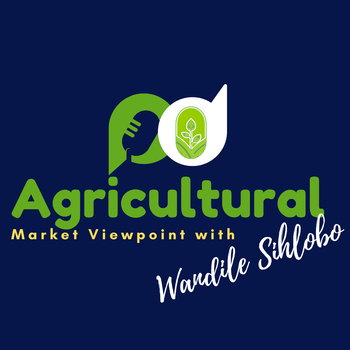
One of SA's great agricultural seasons
Loading player...
Ample grains and oilseeds harvest in SA
We have now received additional comforting information that the erratic weather conditions at the start of the 2022/23 summer production season had minimal impact on South Africa’s summer grains and oilseeds. The data released by the Crop Estimates Committee las week places South Africa’s 2022/23 summer grains and oilseeds production at 19,6 million tonnes, up 2% from last month’s figure and 5% higher than the previous season.
This is primarily on the back of expected higher yields as the overall planted area for summer grains and oilseeds are 4,4 million hectares, roughly unchanged from the previous season. The persistent load-shedding raised concerns that areas under irrigation could receive poor yields.
Thankfully, the favourable rainfall, at a moderate pace, from mid-February provided a much-needed breather and improved crop conditions.
Within summer grains and oilseeds, roughly 20% of maize and 15% of soybeans are produced under irrigation. The various energy interventions, such as possible load curtailment and expansion of renewables, are some options that could assist the irrigation regions in the medium term.
The Crop Estimates Committee’s data provides sufficient comfort that South Africa will have sufficient staple food supplies in the 2023/24 marketing year (which corresponds with the 2022/23 production season).
For example, if we consider the large crops like maize, soybeans and sunflower seed, production is forecast at 15,9 million tonnes (up 3% y/y), 2,7 million tonnes (up 22% y/y), and 797 610 tonnes (down 6% y/y), respectively.
To underscore our point, the expected improvement in the maize harvest is on the back of better yields, as the area plantings are down marginally from the 2021/22 season.
We discuss these issues in this week’s podcast.
My writings on agricultural economic matters are available on my blog: https://wandilesihlobo.com/
Podcast production by: Lwandiso Gwarubana, Richard Humphries, and Sam Mkokeli
We have now received additional comforting information that the erratic weather conditions at the start of the 2022/23 summer production season had minimal impact on South Africa’s summer grains and oilseeds. The data released by the Crop Estimates Committee las week places South Africa’s 2022/23 summer grains and oilseeds production at 19,6 million tonnes, up 2% from last month’s figure and 5% higher than the previous season.
This is primarily on the back of expected higher yields as the overall planted area for summer grains and oilseeds are 4,4 million hectares, roughly unchanged from the previous season. The persistent load-shedding raised concerns that areas under irrigation could receive poor yields.
Thankfully, the favourable rainfall, at a moderate pace, from mid-February provided a much-needed breather and improved crop conditions.
Within summer grains and oilseeds, roughly 20% of maize and 15% of soybeans are produced under irrigation. The various energy interventions, such as possible load curtailment and expansion of renewables, are some options that could assist the irrigation regions in the medium term.
The Crop Estimates Committee’s data provides sufficient comfort that South Africa will have sufficient staple food supplies in the 2023/24 marketing year (which corresponds with the 2022/23 production season).
For example, if we consider the large crops like maize, soybeans and sunflower seed, production is forecast at 15,9 million tonnes (up 3% y/y), 2,7 million tonnes (up 22% y/y), and 797 610 tonnes (down 6% y/y), respectively.
To underscore our point, the expected improvement in the maize harvest is on the back of better yields, as the area plantings are down marginally from the 2021/22 season.
We discuss these issues in this week’s podcast.
My writings on agricultural economic matters are available on my blog: https://wandilesihlobo.com/
Podcast production by: Lwandiso Gwarubana, Richard Humphries, and Sam Mkokeli

